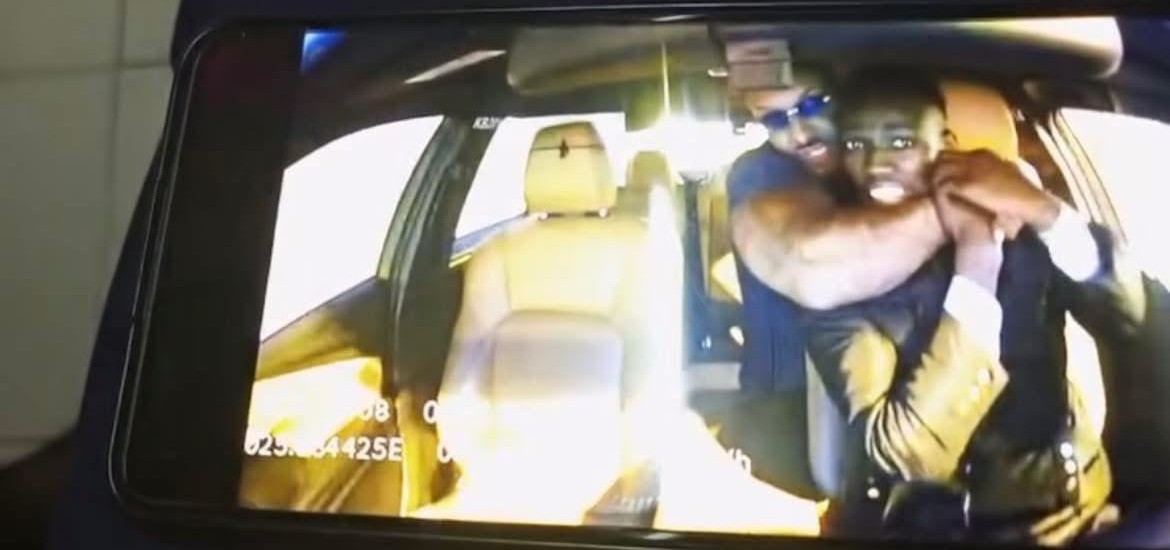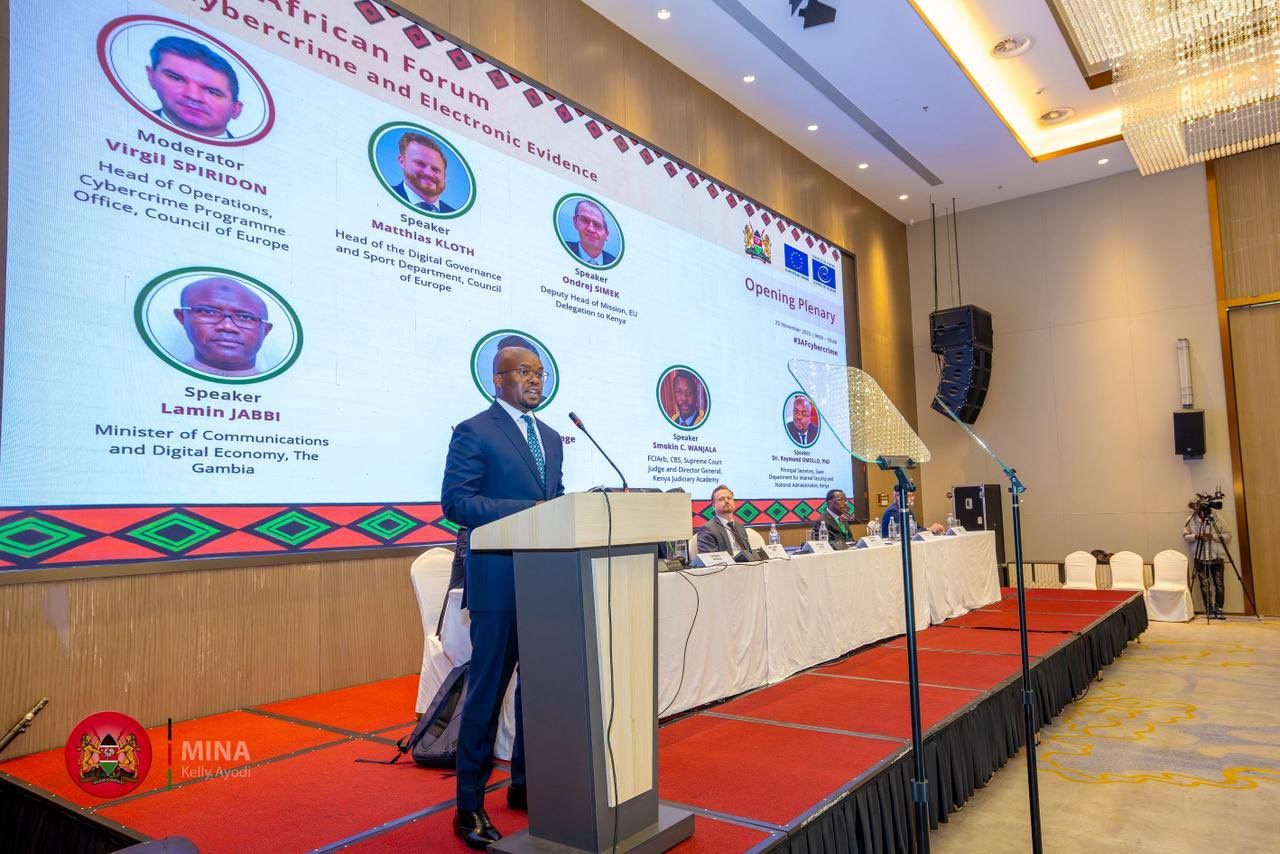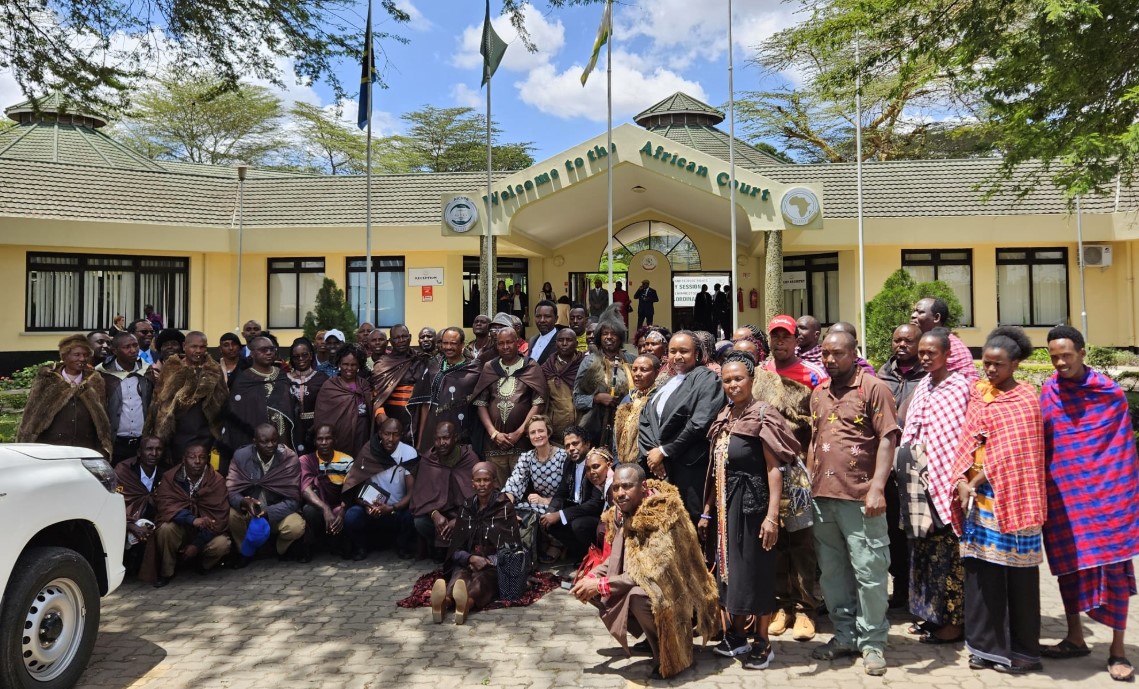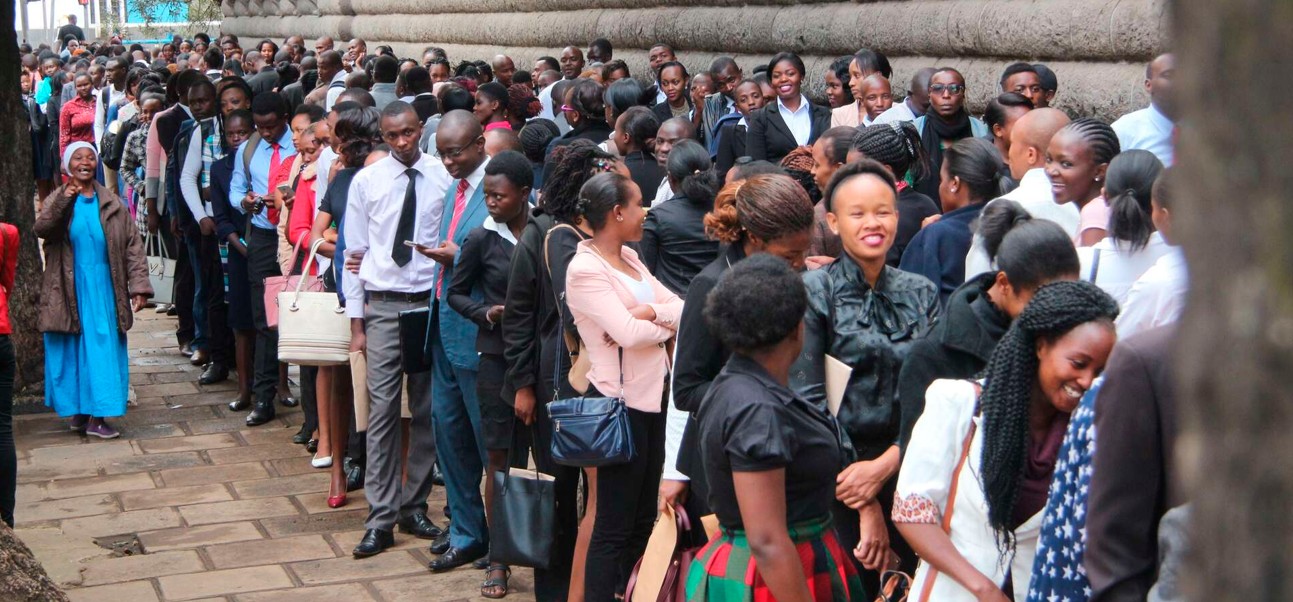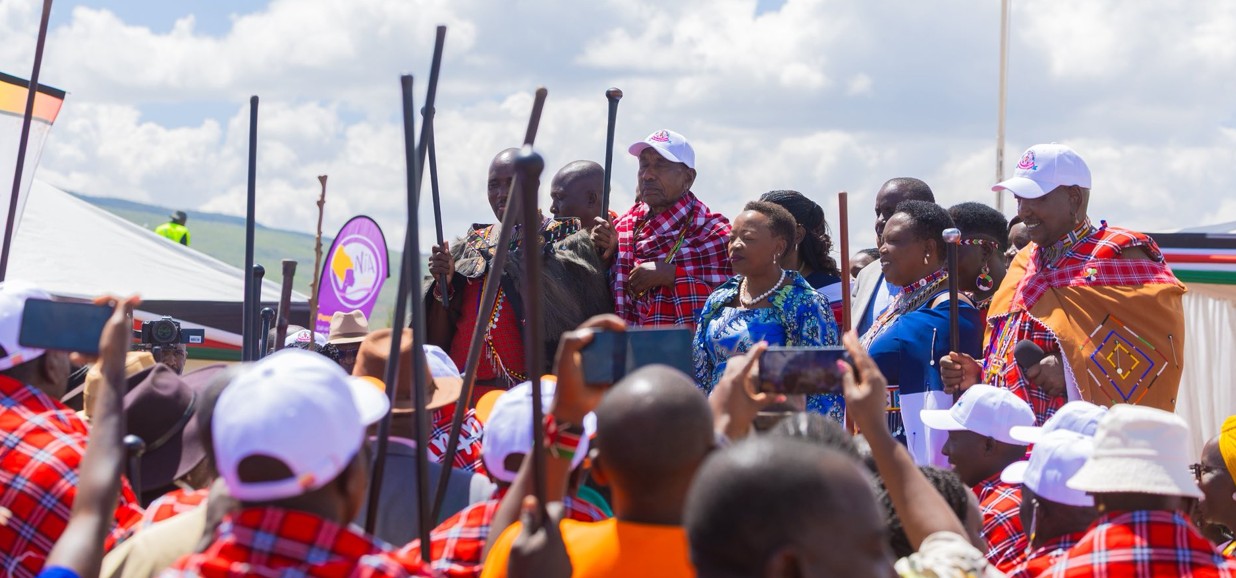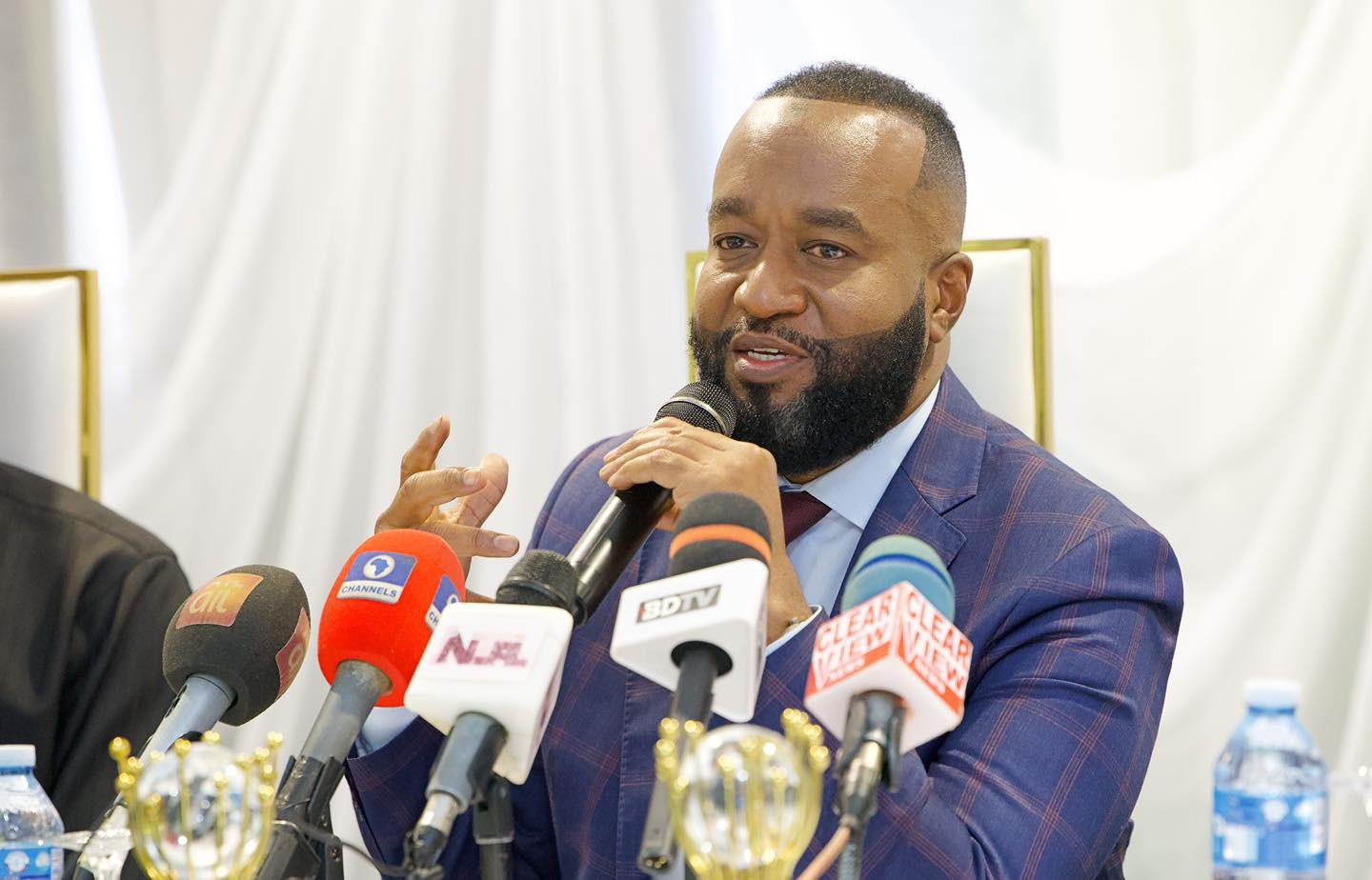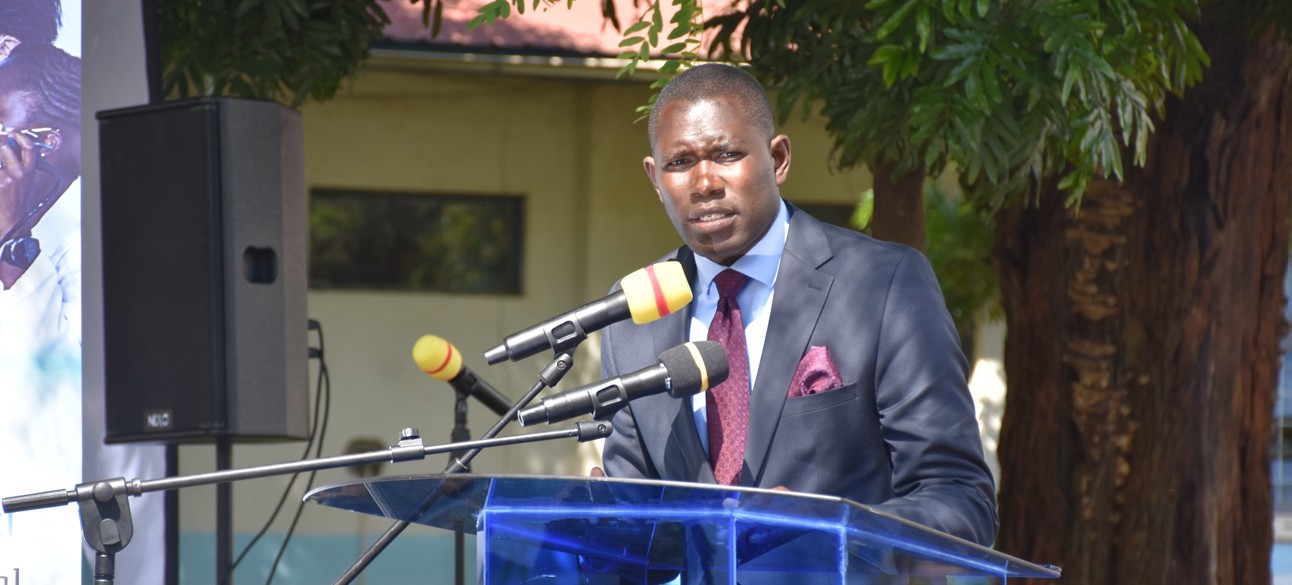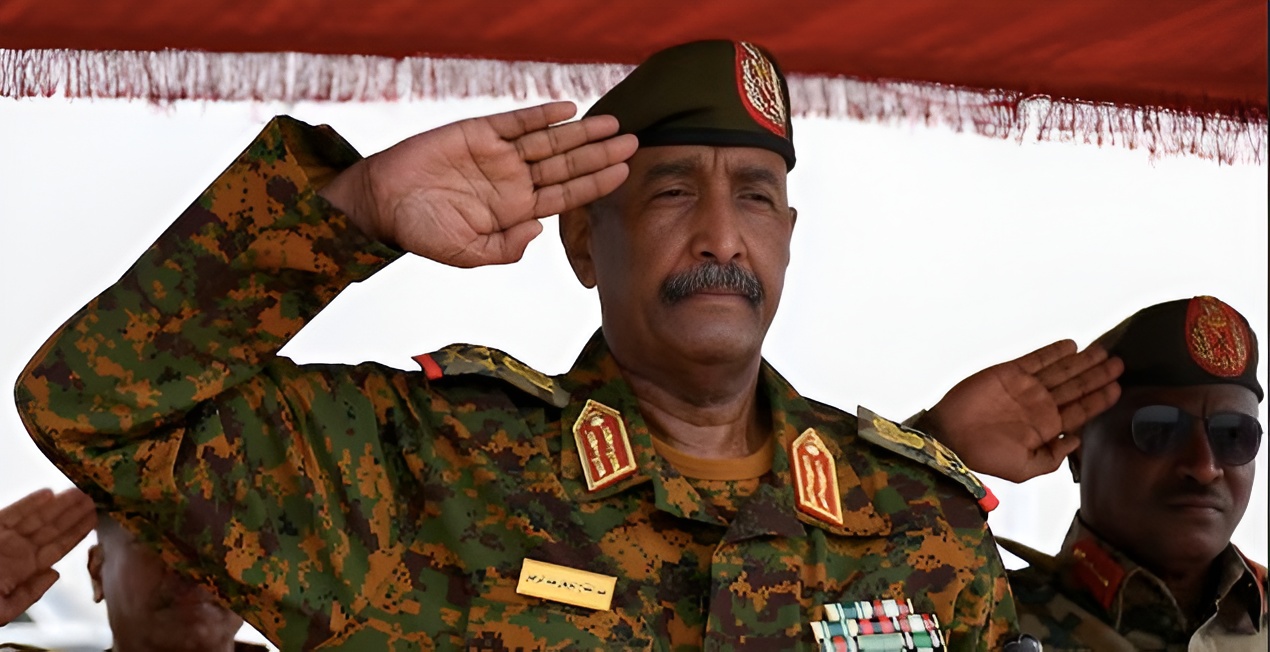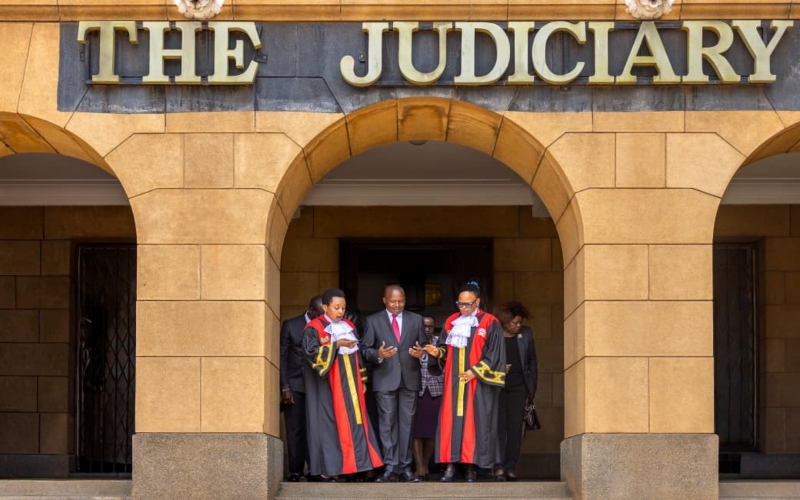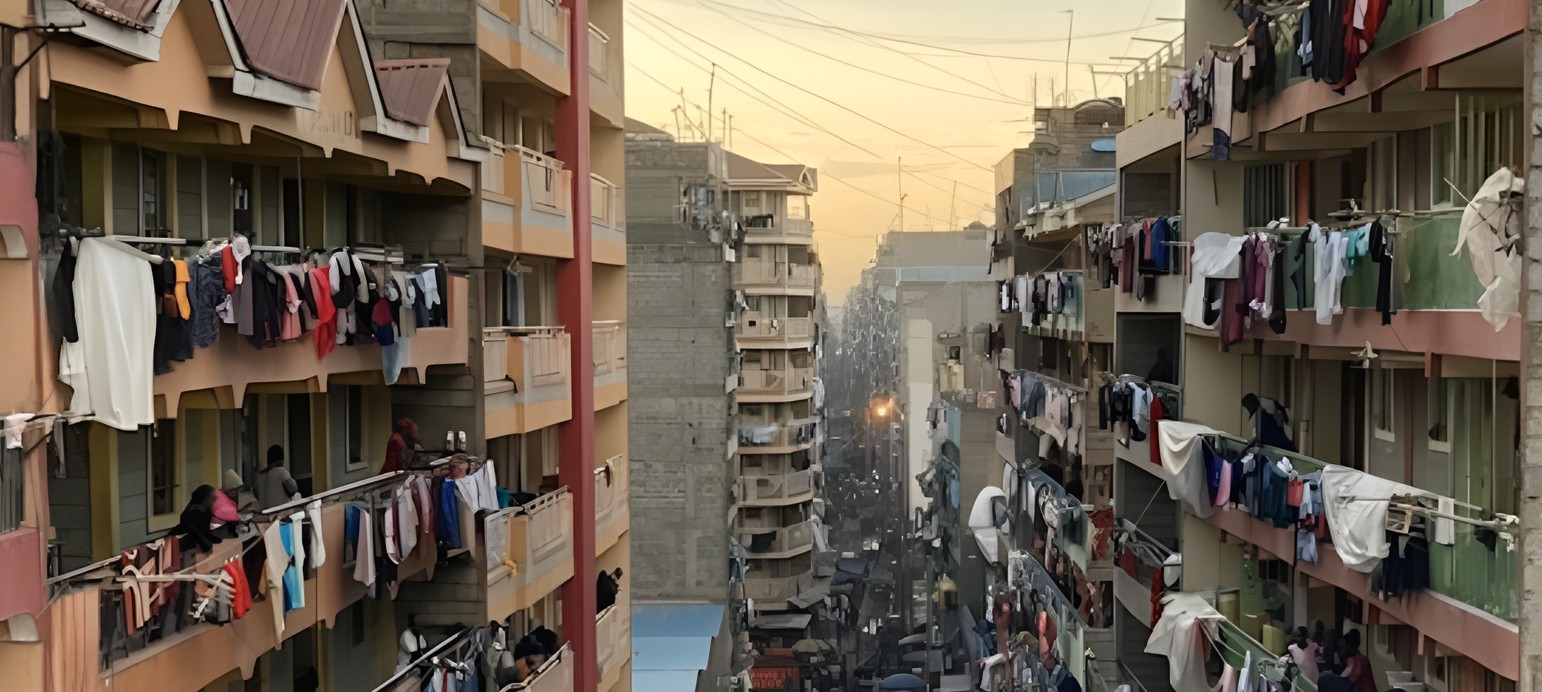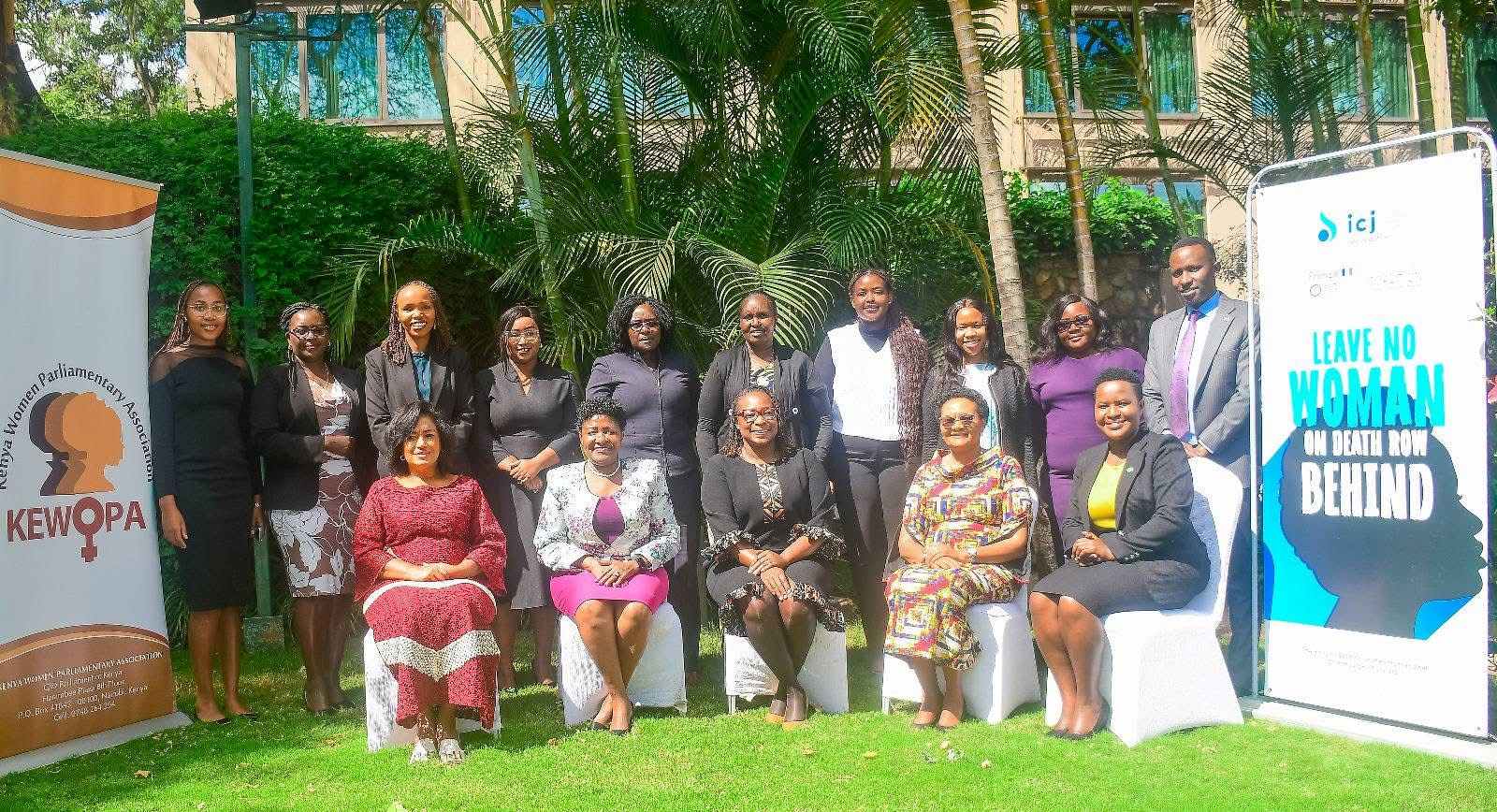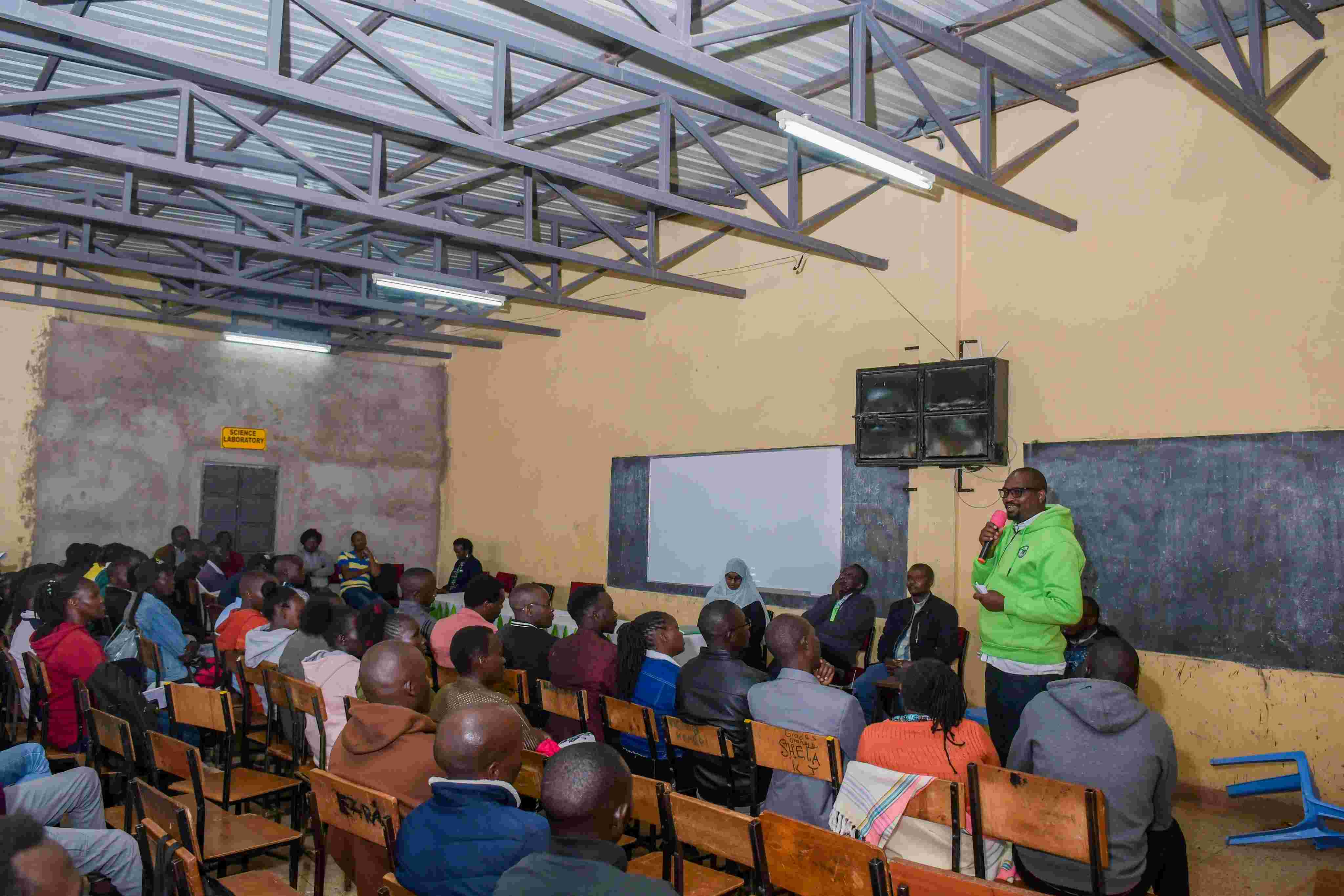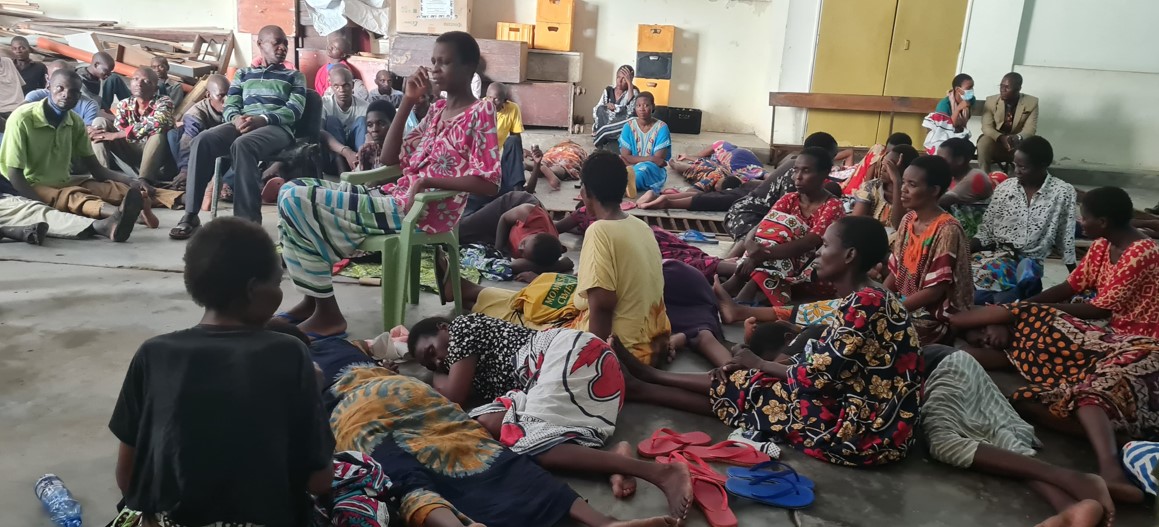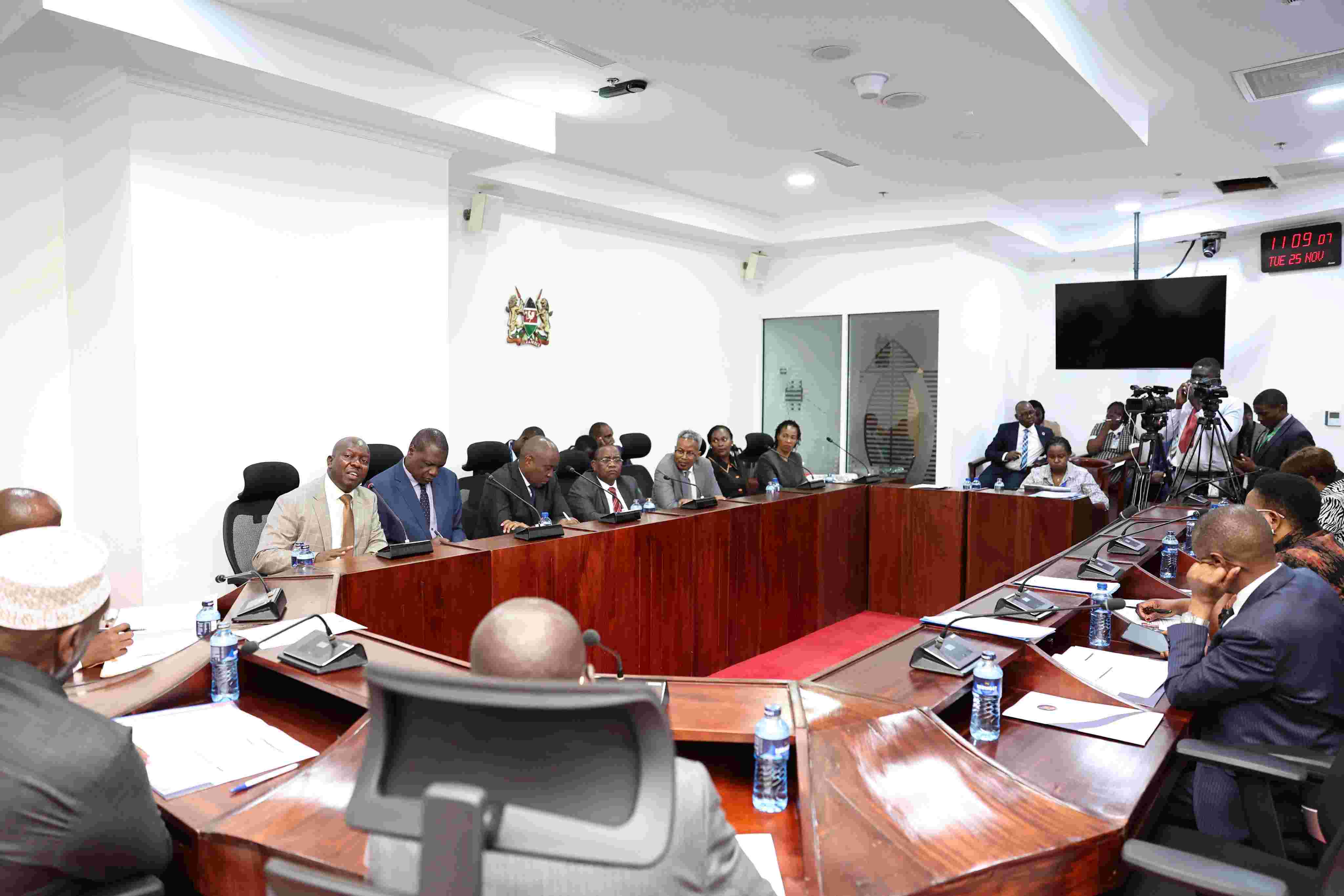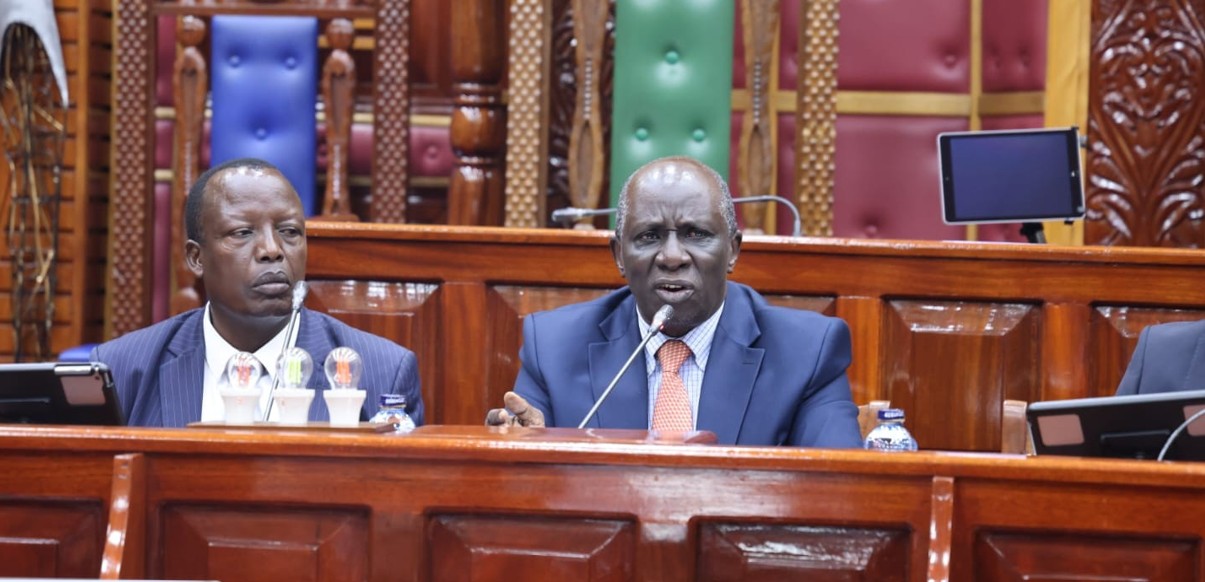Hundreds of cult victims to be buried in Shakahola Forest amid identification challenges
Out of the 453 bodies linked to Mackenzie’s teachings, only 34 have been positively identified and handed over to relatives for burial.
Hundreds of victims of controversial preacher Paul Nthenge Mackenzie’s alleged cultic teachings are set to be buried within Shakahola Forest. The decision comes after repeated failures to positively identify the bodies by families.
Chief Government Pathologist Johansen Oduor revealed that unidentified bodies would be interred in marked graves, facilitating future identification of DNA profiles. This approach, he explained, aligns with forensic medicine principles where bodies of unknown individuals are temporarily buried in identifiable locations.
More To Read
- Shakahola massacre survivors struggle with trauma and anxiety, court told
- Families recount tragic loss of children in Shakahola starvation case
- Pastor’s daughter reveals how Mackenzie led followers to death in Shakahola Forest
- Pastor Mackenzie promised children wealth, helicopter if they followed his teachings - witness
- Court told Mackenzie secretly ate in custody as followers starved for eight days
- Ex-GSU officer’s death confirmed two years after Shakahola cult horror that destroyed entire family
Out of the 453 bodies linked to Mackenzie’s teachings, only 34 have been positively identified and handed over to relatives for burial. The remaining 419 bodies are among those that are still undergoing the identification process.
Dr Oduor addressed journalists after overseeing phase five of autopsies on the cult victims’ bodies. He noted that many bodies preserved at the Malindi Sub County Hospital morgue had not been identified due to the lack of DNA samples from relatives.
Advanced decomposition
During the fifth phase of exhumations, six out of 24 bodies were examined, but their causes of death could not be established due to advanced decomposition. "The bodies, mostly children, had decomposed into skeletons," Dr Oduor stated.
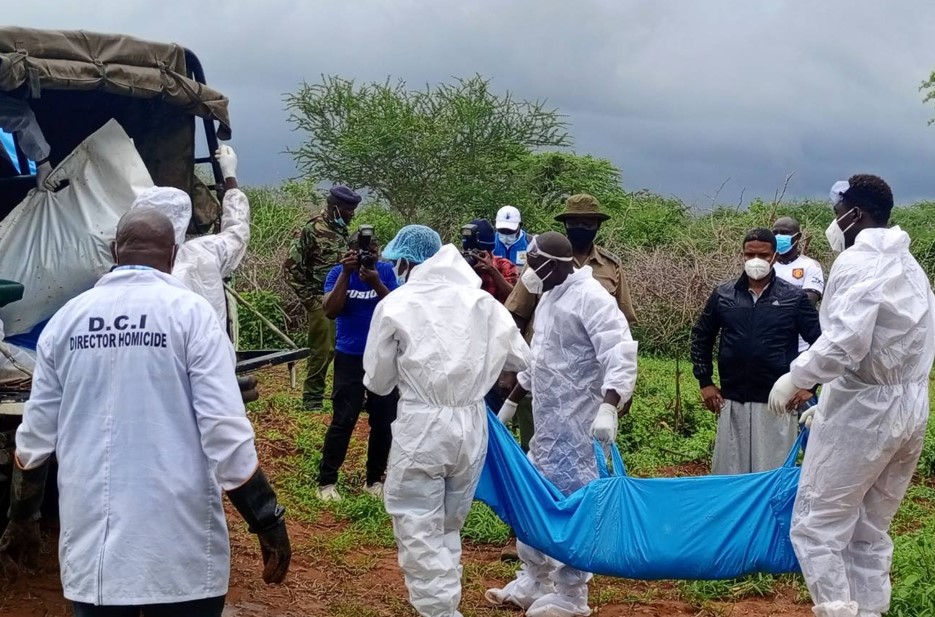 The exhumation of bodies at Shakahola Forest on April 22, 2023. (Photo: Hussein Khalid)
The exhumation of bodies at Shakahola Forest on April 22, 2023. (Photo: Hussein Khalid)
"In forensic medicine, the general principle is that if you try all your best to identify someone who is not known, the body is temporarily buried in a marked grave as we wait for the analysis to come so that in the event that a profile is generated, we will be able to identify the grave and retrieve the body," he explained.
Accompanied by Homicide Director Martin Nyuguto, Dr Oduor called on the relatives of Shakahola victims to visit any government chemist to provide DNA samples. He also urged those who had already given their samples to be patient, explaining that DNA extraction is a complex process, unlike tests for malaria or typhoid, which yield results quickly.
The government has generated numerous DNA profiles from the preserved bodies and skeletons but lacks reference samples from relatives, as many have not come forward to volunteer their DNA.
Dr Oduor also hinted at the termination of exhumations, as all identified graves have been dug out. "What will happen now is that there will be a last survey which will be undertaken by the Directorate of Criminal Investigations (DCI) in the whole of the forest so that now when we wrap up, we are sure that we are not leaving any human remains in the place," he concluded.
Dr Oduor has stated that so far, they have conducted autopsies on 453 bodies since they began the exhumation and autopsy exercise.
He explained that despite the ongoing exercise to identify their relatives through DNA samples, a large number of people who have lost their loved ones have not come forward to provide DNA samples, which he mentioned as a major challenge in continuing the exercise.
The pathologist also said that they managed to conduct autopsies on six bodies exhumed in phase five, but they were unable to determine the cause of death as the bodies, which were those of children, were too decomposed and had turned into skeletons.
Top Stories Today
